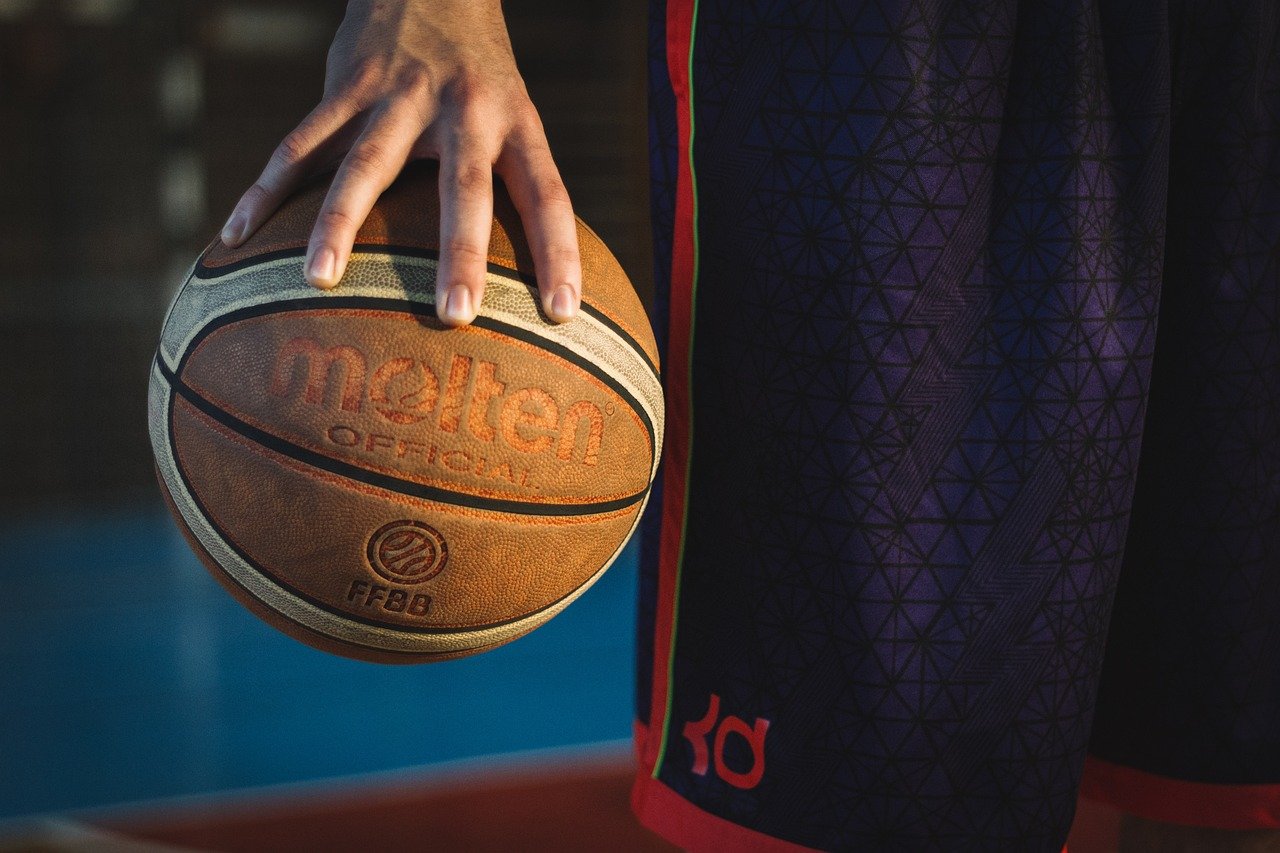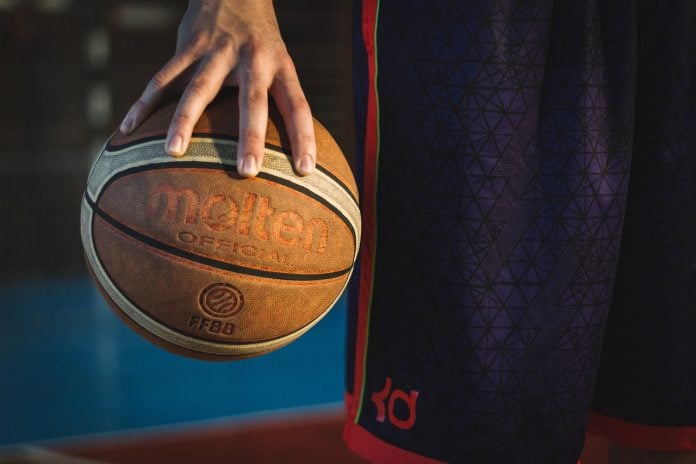Arcade basketball has changed from simple pop-up hoops to fast score-based stations that track every shot with bright light and sound. The early setups felt close to a basic shootaround and players loved the clear goal of getting as many buckets as possible before the timer ran out. Over time the setup became smarter with moving rims and pressure timers that reward aim plus speed. Today many stations now copy real court flow with clear stats after each round so each player can see progress and chase a better mark next time.
Classic Start
Early basketball stations lived inside wood or metal frames with a rim plus a short return ramp. The goal stayed the same every time so players learned rhythm and timing through simple repeat shots. Scoreboards used light bulbs to show rising totals and that gave a fast thrill for any perfect streak. These machines taught pure aim with almost no distraction. The spirit of that simple chase still shapes modern play and many new systems even mention classic play roots beside new names such as Key4d to signal respect for first-generation style.
Cabinet Build
Early units felt strong and heavy so they could be used all day without trouble. The notes below describe how those builds shaped the growth of arcade basketball across many years of public play
- Sturdy wood frames held simple hoops and basic score lights for quick play
- Nets guided made shots back to the player, which kept the round moving fast
- Timers counted down loudly so every second felt exciting during the last push
- Bulb-style number boards gave instant totals so bragging rights stayed visible
- Reset buttons started new rounds quickly which made long lines move smoothly
- Bright paint drew attention from a distance so crowds formed without effort
Score Evolution
Scoring systems soon became sharper. Instead of only counting made shots, the station began giving bonus credit for long range or fast streaks. This change rewarded not only steady aim but also courage to shoot from deeper spots on the ramp. Some games added pressure zones where each hit counted double for a short burst. That bonus zone pushed players to chase smarter timing rather than only throw nonstop. Over time players felt more challenged with the same basic motion, which kept interest high for repeat sessions.
Skill Growth
As play options grew the goal was no longer only fast shooting but full control. Below are key traits that teach skill beyond simple aim so each round feels more like a short drill with purpose
- Moving rims forced players to judge arc speed balance under mild pressure
- Multi ball rounds trained focus during chaos, which tested calm vision under time
- Long-range bonus shots taught depth control similar to deep jumper rhythm
- Pop barriers forced quick side steps which built footwork during heat
- Countdown surges taught calm breath under stress since panic wastes seconds
- Winning rules rewarded smart pace over wild flurry, which supports smart play
Team Play
Arcade basketball is no longer only a solo rush for a top number. Many cabinets let two or more players link side by side with shared timing. Lights flash across both rims to signal bonus shots for both players at the same moment. This creates short partner rounds where each person tries to lift the joint total rather than just beat the other person. Friendly rivalry can still happen but the shared target adds a social layer. That social mindset gives longer sessions plus repeat matchupsthat keep people coming back for group play.
Future Style
Next stage systems point toward smarter tracking and more lifelike motion. The short setup below shows common signs of where arcade basketball is going right now
- Sensor rims read arc path in real time which helps players adjust touch
- Linked scoreboards send results to a profile so progress history never fades
- Floor mats can read foot spots to judge balance on each release for coaching
- Moving backboards test bank shots from odd spots, which builds creative aim
- Timed skill rounds copy quick burst drills from training gyms for serious users
- Sound layers shift with streaks so hot hands feel hype during strong runs
Play Forward
Arcade basketball keeps growing through better scoring, smarter feedback, richer motion plus social play that invites friendly challenges. The design moved from wood frames to fast sensor courts, yet the heart stays simple which is aim shoot repeat under a clock. Each new build tries to bring real court pace into a short-timed round so new players feel instant pride after a clean streak. Top makers like Key4d push stronger tracking plus personal score memory so skill no longer fades between visits. With clear goals, simple rules, fair scoring and steady care, arcade-style basketball can stay fresh for many seasons without losing its core spirit.










